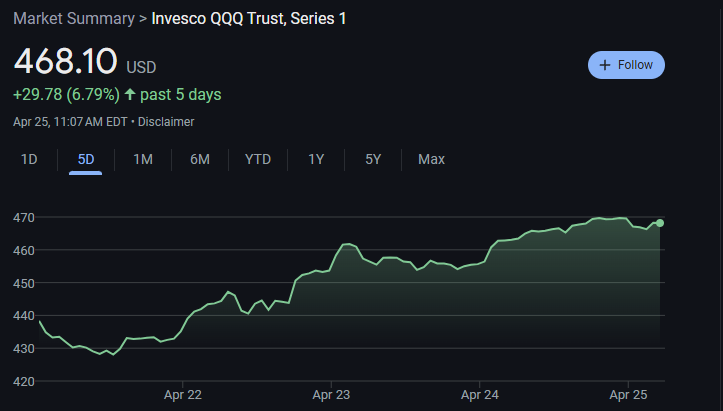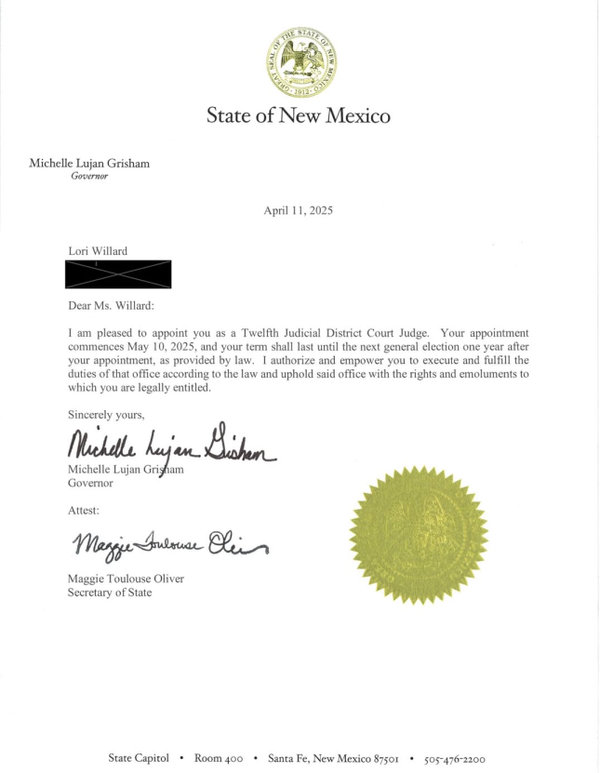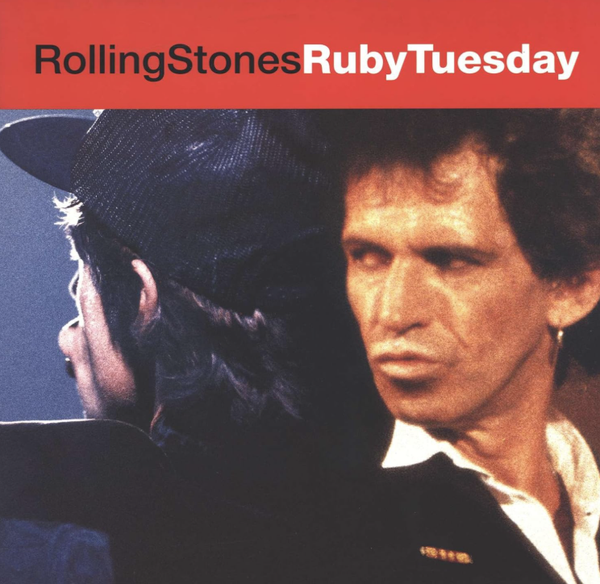WRONG!
“Intelligence alone doesn’t mean a damned thing. Here in your university, intelligence, education, knowledge, have all become great idols. But I know now there’s one thing you’ve all overlooked: intelligence and education that hasn’t been tempered by human affection isn’t worth a damn. Don’t misunderstand me, intelligence is one of the greatest human gifts. But all too often a search for knowledge drives out the search for love. This is something else I’ve discovered for myself very recently. I present it to you as a hypothesis: Intelligence without the ability to give and receive affection leads to mental and moral breakdown, to neurosis, and possibly even psychosis. And I say that the mind absorbed in and involved in itself as a self-centered end, to the exclusion of human relationships, can only lead to violence and pain.” — Flowers For Algernon, one of my favorite books, by Daniel Keyes
I often talk about my Kurtzweilian Rate of Change theories, which are based on the idea that innovation accelerates exponentially over time (adapted from Ray Kurtzweil’s book The Singularity Is Near). The idea is, for example, that it took thousands of years for the wheel to become a chariot, and it took hundreds of years for the chariot to become a car and it took dozens of years for a car to become a computer on wheels that can drive itself around major cities and it will take a handful of years for the computer on wheels to become a driverless taxi. And that we don’t even know what will come after that but that it won’t take long for that next Revolution to come.
Likewise, it’s amazing how one of the most impressive things about AI, including ChatGPT, is how it’s already getting better so quickly. I was the first hedge fund manager I know of that started working with ChatGPT and I’ve been working with ChatGPT for months now but now everybody, especially hedge fund mangers, are asking me how best to invest in AI. And I wish I had a simple answer like “Buy Nvidia right now!” Alas, even as I’ve been long NVDA in my personal account since I first bought it at a split-adjusted $7 per share back in 2017 and talked about how its AI strategy was one of the reasons I thought it was a must-own and a forever-stock in my personal account (and I do still own it there) that NVDA’s current valuation and crowdedness make me worried that there’s more downside risk than upside potential in that stock right now.
In fact, I just got access to Google’s competing ChatGPT-like AI system called Bard and over the weekend and I asked it:
“Pick a stock that Cody Willard would like and write a 1000 word article about it in his style.”
And it picked NVDA as the stock that Cody Willard would like and wrote about how The AI Revolution is incredibly innovative and therefore something that “Cody Willard would like” and that NVDA would be a prime beneficiary and driver of that AI Revolution.
So then I asked ChatGPT the same question today and it picked AMD as the stock that Cody Willard would like for reasons such as “the rise of AI and machine learning is also driving demand for high-performance processors.”
So if everybody I know is focused on investing in The AI Revolution all at the same time, if every AI-related stock is already up big from their lows last year and everybody’s now trying to become an AI guru and even the leading AI programs pick AI as the innovative sector that Cody Willard would like…well, maybe AI is just a little bit too crowded for my liking right now. In ChatGPT’s defense, it did start off its article by explaining that “Cody Willard is known for his unique approach to investing, where he combines his in-depth knowledge of the tech industry with a contrarian mindset” and it’s right that I strive to be contrarian even if ChatGPT doesn’t realize that you’d have to avoid investing in AI at this particular time if you’re striving to be contrarian.
So then I asked ChatGPT and Bard to each “Write an article about how innovation investing is still too crowded because too many investors are piling into The AI Revolution right now.” Here’s a highlight from each:
ChatGPT: “While the AI Revolution certainly presents many exciting opportunities for investors, it’s also becoming an increasingly crowded space. Too many investors are piling into the same handful of companies, driving up valuations and making it difficult for investors to find true value.”
Google Bard: “The AI Revolution is one of the most exciting and promising areas of innovation in recent years. With the potential to revolutionize everything from healthcare to transportation, it’s no wonder that so many investors are eager to get in on the ground floor. However, this enthusiasm has led to a crowded field of AI startups, many of which are still in the early stages of development. This has made it difficult for investors to identify the best opportunities and has led to a number of high-profile failures, including Theranos and Deep Mind.”
I am quite confident that The AI Revolution will be a multi-trillion dollar revolution, much in the same way that I was sure that apps would be when I was loading up on Apple and Google when the smartphones came out and how crypto would be when I was buying bitcoin back in 2013 or how…well, AI would be when I was buying Nvidia back in 2017.
But as I’ve been saying for the last two years now, being an innovation investor is not contrarian or unique right now — it’s crowded. It reminds me of being a dotcom investor in the year 2000 or early 2001. Everybody knew that the Internet was going to change the world and there were hundreds of companies like Amazon and Pets.com that were worth billions at the time. But it took several years before people were able to sift through all the garbage stocks that went to $0 to find the AMZN that went up 10,000% over the next twenty years.
Feet-to-fire, if I had to give you advice about investing in The AI Revolution right here right now, I’d suggest avoiding it mostly for now. Stick with NVDA and Google and maybe Microsoft. Avoid C3.ai (AI) and other smaller cap stocks that are considered AI pure plays.
My best investments, including NVDA at a split-adjusted $7, TSLA at a split-adjusted $15 and Apple at a split-adjusted 20 cents per share back in 2003 were not popular with hedge fund managers or anyone else for that matter when I bought them. In fact, people mocked me for buying them when I did. This Bubble-Blowing Bull Market that just popped a year or so ago isn’t done going though the ugly part of the cycle when people will mock innovation investing rather than embrace it. I’m not sure we’ll have the kind of hatred for technology investing that we saw in 2002-2003 era or the apathy for technology investing that we saw from 2010-2018. But the crowded nature of AI is indicative that we’re not being contrarian by investing in the AI sector right now. Space investing on the other hand is pretty much hated right now and people will mock you for talking about it….so that just might be a better place to be looking for great opportunities right now. I’ll write more about the opportunities there in coming weeks and months while people don’t want to hear about how to make billions in The Space Revolution.
Finally, here’s some additional information about the AI Revolution that I had ChatGPT and Bard helped me with:
Here is a matrix of publicly-traded companies that are working on the AI Revolution, along with their approach and how long they have been working on it from ChatGPT:
| Company Name | Approach | Time working on AI |
|---|---|---|
| Alphabet Inc. (GOOGL) | Invests in AI technologies for a wide range of applications, including search, machine learning, and natural language processing | Has been investing in AI technologies since the early 2000s |
| NVIDIA Corporation (NVDA) | Develops GPUs specifically designed for AI workloads, and has also created a suite of software tools for deep learning and other AI applications | Has been working on AI technologies since the mid-2000s |
| Amazon.com, Inc. (AMZN) | Uses AI for a variety of applications, including product recommendations, fraud detection, and voice assistants | Has been working on AI technologies since the early 2010s |
| IBM Corporation (IBM) | Develops a wide range of AI technologies, including the Watson platform for natural language processing, machine learning, and data analysis | Has been working on AI technologies since the 1950s |
| Microsoft Corporation (MSFT) | Uses AI for a wide range of applications, including search, speech recognition, and personal assistants | Has been working on AI technologies since the early 2000s |
| Intel Corporation (INTC) | Develops hardware specifically designed for AI workloads, including processors and other components | Has been working on AI technologies since the early 2010s |
| Baidu, Inc. (BIDU) | Develops a wide range of AI technologies, including natural language processing, speech recognition, and autonomous driving systems | Has been working on AI technologies since the early 2010s |
| Salesforce.com, Inc. (CRM) | Uses AI for a variety of applications, including customer service, sales forecasting, and marketing automation | Has been working on AI technologies since the early 2010s |
| Cognex Corporation (CGNX) | Develops machine vision technologies that use AI to analyze images and identify objects | Has been working on AI technologies since the early 2010s |
| UiPath Inc. (PATH) | Provides a platform for automating business processes using AI and robotic process automation (RPA) technologies | Has been working on AI technologies since the mid-2010s |
Note: The time working on AI is an estimate and may vary depending on how you define “working on AI.”
Here is a matrix of publicly-traded companies that are working on the AI Revolution from Bard:
| Company | Years working on AI | Approach |
|---|---|---|
| Alphabet (GOOGL) | 20+ years | Research and development |
| Amazon (AMZN) | 10+ years | Use of AI in business |
| Apple (AAPL) | 5+ years | Use of AI in products and services |
| Facebook (META) | 5+ years | Use of AI in social media and advertising |
| Microsoft (MSFT) | 10+ years | Use of AI in cloud computing and software |
| NVIDIA (NVDA) | 20+ years | Manufacture of GPUs for AI applications |
| Tesla (TSLA) | 5+ years | Use of AI in self-driving cars and electric vehicles |
| IBM (IBM) | 10+ years | Research and development |
| Salesforce (CRM) | 10+ years | Use of AI in customer relationship management |
| ServiceNow (NOW) | 10+ years | Use of AI in IT service management |
| Adobe (ADBE) | 5+ years | Use of AI in creative software |
| OpenAI | 5+ years | Nonprofit research lab focused on friendly AI |
| DeepMind | 5+ years | British artificial intelligence research company |
| OpenCV | 25+ years | Open source computer vision library |
| TensorFlow | 5+ years | Open source machine learning framework |
| PyTorch | 5+ years | Open source deep learning framework |
| AutoML | 5+ years | AutoML companies automate machine learning tasks |
| Cloudera | 15+ years | Open source data management company |
| Databricks | 10+ years | Cloud-based data analytics company |
| Snowflake | 5+ years | Cloud-based data warehouse company |
| H2O.ai | 10+ years | Open source machine learning company |
| Dataminr | 10+ years | Real-time social media analytics company |
| Datadog | 10+ years | Cloud-based monitoring and analytics company |
| MongoDB | 15+ years | Open source NoSQL database company |
We’ll do this week’s Live Q&A Chat Wednesday at 1pm ET in the chat room or hit reply to this email. We didn’t do last week’s chat and I apologize for that.




